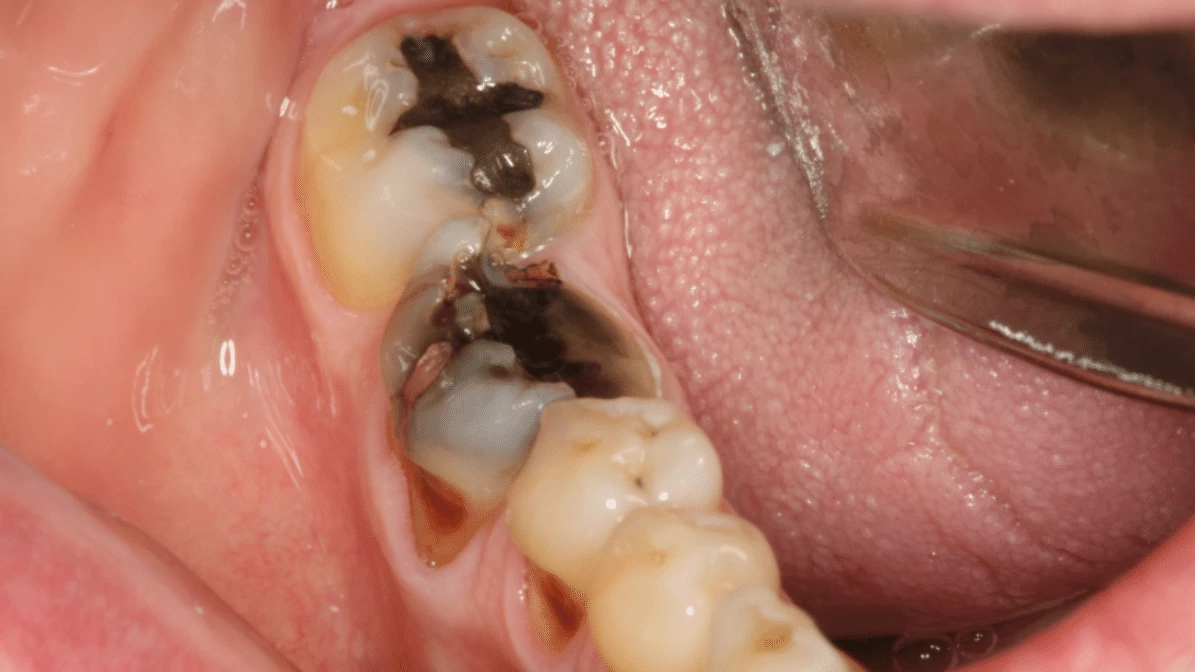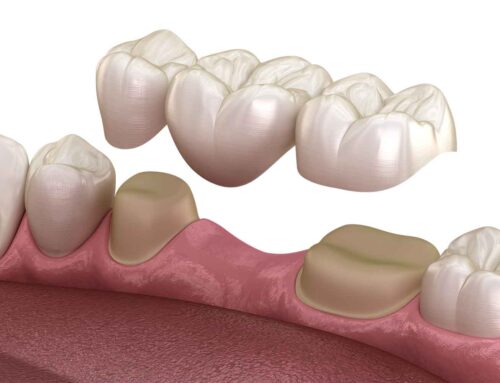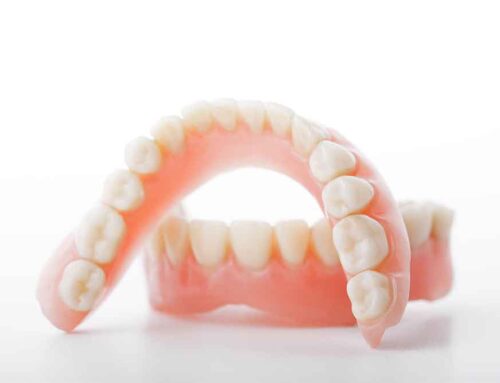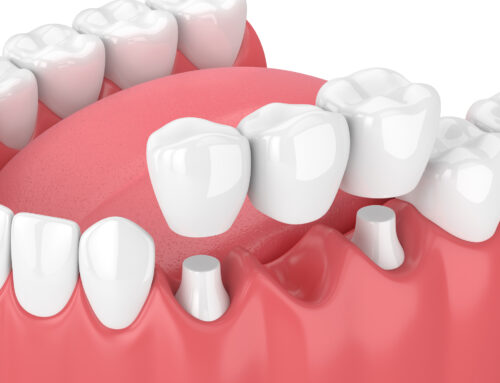Molars, the robust grinders at the back of our mouths, are pivotal for chewing food effectively. Unfortunately, these teeth are also prone to decay and deterioration. A molar’s demise doesn’t happen overnight; it is the culmination of various factors and conditions that progressively impair its health. Understanding the journey from a healthy molar to one that is crumbling can be crucial in preserving our oral health.
What Are The Common Causes Of Molar Decay?
Molar decay is primarily instigated by the interaction between bacteria in the mouth and sugars in the foods we consume. This interaction creates acids that, over time, can erode the hard, protective surface of the teeth known as enamel. Once the enamel is breached, bacteria invade and decay accelerates, potentially leading to cavities or even deeper damage.
However, the causes of molar decay extend beyond just poor dietary choices. Other significant contributors include inadequate brushing and flossing, which allow plaque—a sticky film of bacteria—to build up and harden into tartar at the base of the molar, promoting decay.
Moreover, issues like dry mouth, which reduces saliva production essential for neutralizing acids and washing away food particles, can exacerbate molar decay. Genetics also plays a role, as some individuals are more susceptible to dental decay regardless of their oral hygiene practices.
How Does A Dentist Determine If A Molar Is Beyond Repair?
When a molar starts to crumble, it’s vital to assess whether it can be saved. Dentists use a variety of tools and techniques to evaluate the health of a deteriorating molar. Visual examinations are the first step, where the dentist looks for visible signs of decay such as holes or dark spots. X-rays are instrumental in revealing the extent of the decay, particularly in the interior of the tooth and the surrounding bone structure.
Another critical diagnostic tool is dental probing, where a dentist uses a special instrument to gently probe the tooth to check for soft areas indicating advanced decay. The extent of pain and sensitivity reported by the patient also provides insights into the severity of the decay. If the structural integrity of the molar is severely compromised, or if there is significant infection in the pulp or root of the tooth, the dentist might deem the molar beyond repair.
What Treatment Options Are Available For A Severely Deteriorating Molar?
The course of treatment for a crumbling molar depends largely on the extent of the damage. If the decay is not too extensive, a dentist may opt to remove the decayed portions and restore the tooth with a filling. For more significant decay where much of the tooth structure is affected, a crown may be necessary to cover and protect the remaining part of the tooth.
In cases where the decay has reached the pulp or there is an infection, a root canal might be required. The inflammatory or diseased pulp is removed, the tooth’s inside chambers are cleaned and disinfected, and the tooth is sealed to avoid additional harm.
The only choice for a tooth that cannot be saved is to have it extracted. It is possible to restore function after a tooth extraction by using dental implants or bridges to replace the missing tooth.
Can Poor Oral Hygiene Habits Contribute To Molar Deterioration?
Absolutely. While there are multiple factors that contribute to molar deterioration, poor oral hygiene is one of the most significant. Inadequate brushing and flossing fail to remove plaque, which can then harden into tartar—a major contributor to both decay and gum disease. Skipping regular dental check-ups also plays a role, as these appointments are crucial for removing tartar and catching early signs of decay.
Moreover, habits such as smoking or using other tobacco products can impair blood flow to the gums, exacerbating molar problems by reducing the gums’ ability to fight off infections. Similarly, frequent consumption of sugary or acidic beverages can accelerate enamel erosion, making molars more vulnerable to decay.
The health of our molars is an integral part of overall dental wellness. Understanding the causes and consequences of molar decay, alongside the available treatments, empowers us to take proactive steps towards maintaining strong and healthy teeth. Regular visits to the dentist, combined with vigilant oral hygiene, are our best defense against the deterioration of these essential teeth.
Why Choose Monahan Family and Cosmetic Dentistry?
We at Monahan Family and Cosmetic Dentistry know how important it is to take care of your smile. Our dedication to offering first-rate dental services in a friendly, comfortable setting is what makes us different. We use cutting-edge equipment and methods to treat a variety of dental disorders, including important care for decaying molars, so our patients get the best possible results.
Our team of seasoned dentists is headed by specialists in general dentistry. We prioritize both the treatment and prevention of dental problems. As part of our preventative care, we provide in-depth patient education to ensure that you know why and how to take care of your teeth. With us, you are not just receiving treatment but also learning how to prevent future dental issues.
Additionally, we believe that quality dental care should be accessible to everyone. Monahan Family and Cosmetic Dentistry offers flexible scheduling and a variety of payment options to suit different budgets. Our office is equipped with the latest dental technology, which not only makes the treatments more effective but also more efficient, reducing your time in the dental chair and increasing your comfort.
FAQs About Molar Treatment
What is the cost range for treating a crumbling molar?
The cost of treating a deteriorating molar can vary depending on the severity of the decay and the type of treatment required. Generally, a simple filling might cost between $150 and $400, while more complex procedures like root canals or crowns can range from $500 to $2,000 per tooth. At Monahan Family and Cosmetic Dentistry, we provide detailed estimates after a thorough examination and discuss all possible treatment options to suit your budget and needs.
How long does it take to treat a decaying molar?
The treatment duration can vary. A simple filling may be completed in one visit, usually within an hour. More complex procedures like root canals or crowns might require two or more visits spaced a few weeks apart. We strive to ensure that treatments are as swift and as comfortable as possible.
What can I do to prevent molar decay?
Preventing molar decay involves maintaining excellent oral hygiene by brushing at least twice a day with fluoride toothpaste, flossing daily, and using an antiseptic mouthwash. Regular dental check-ups, typically every six months, allow for early detection and treatment of problems, which is key in preventing severe decay. We also recommend reducing the intake of sugary foods and drinks, as well as acidic beverages.
Choose Monahan Family and Cosmetic Dentistry: Your Partner in Oral Health
Picking the correct dentist is important for your general health as well as your teeth and gums. Our goal at Monahan Family and Cosmetic Dentistry is to meet each patient’s individual dental health care requirements.
Ensuring your comfort and keeping you informed during your treatment is our team’s top priority. In order to maintain a healthy and attractive smile for many years to come, you should not wait for dental problems to become worse before taking action.
Book Your Appointment Today!
Your dental health is important; let us help you get and stay healthy. Make an appointment for a consultation by calling Monahan Family and Cosmetic Dentistry right away. We can work together to find the best dental treatment plan for you.









